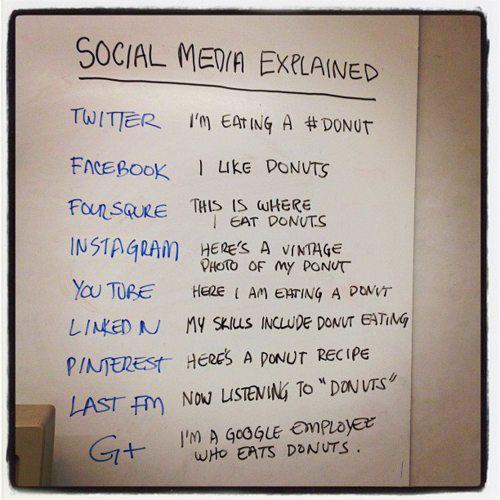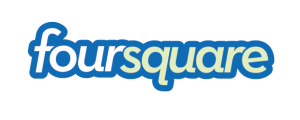The advent of social media revolutionized how organizations and pubic personalities interacted with their publics, from customers to fans to employees. It provided a platform not only for companies to market and advertise their product, but also to tap into the pulse of the consumers’ minds, being able to directly engage in dialogue and allow public feedback to be shared.
This would help organizations, no matter how large or small, to gauge the success of their business models and either continue the course or re-engage to improve quality, customer service and public image. What social media, or Web 2.0, was not intended for, was to become an electronic bulletin board.
A perfect example is the Department of Veterans Affairs and the recent debacle regarding late, or even unprocessed claims for the Post 9/11 GI Bill.
The VA experienced an unprecedented amount of enrollment claims and applications for the Spring 2012 semester, with some reported numbers as high as 800,000. With shortened staff, limited access to shared information between regional offices and call centers, and reduced overtime spending, the VA could not process the claims and payments in a timely fashion. Many veteran students found themselves without the monthly housing allowance stipend many of them use to provide the basic tenets of survival, such as food and housing. Some veterans reported threats of eviction and disenrollment by their landlords and colleges.
The VA waited weeks until issuing a cookie-cutter public statement on how they are attempting to rectify “isolated” incidents. They touted an impressive statistic on processing 90 percent of all claims for students enrolled in the Spring 2012 semester. However, that still leaves approximately 40,000 student veterans and their landlords, mortgages and academic institutions waiting for payment. The Internal Revenue Service is able to process federal tax returns usually within 10 business days. Many GI Bill enrollees have waited months to see one penny.
There have been more than 1,400 comments on the Department of Veterans Affairs’ Post 9/11 GI Bill Facebook fan page since the beginning of 2012, the majority of them negative and harshly critical. Instead of directly responding to individual complaints from veterans enrolled, or attempting to enroll in the GI Bill, the VA would continue to miss the opportunity to address at least a minority of the issue and complaints from their public. Instead, the VA, or the social media manager in charge of maintaining the VA’s social media presence, would continue to post unrelated blogs skirting the issue, further frustrating their followers.
In the case of the VA, most of the complaints were exactly the same, or at least very similar. In this case, the Director of the VA’s Education Service, Keith Wilson, who reportedly will be stepping down to assume a position in a regional office, should have released his statement within days of receiving the complaints, not March 8, halfway into the Spring 2012 semester.
Who is to blame? The call centers only have so much information they have access to, and the regional centers are flooded with hundreds of thousands of claims. Delays were bound to happen with the current system and workflow in place. One wonders, however, if the VA’s social media manager was relaying the complaints on to the proper departments. The social media manager must be knowledgeable enough to respond to queries and concerns at the speed of light, or at least have access to other employees who can provide those answers.
The VA is not alone, though. Many businesses and organizations, from private to government, make the mistake of using social media networks like Facebook and Twitter as a link aggregator, and nothing else. They post links to articles, statistics and photos, but fail to engage their followers through replies, contests, polls and other forms of engagement. At the very minimum, social media practitioners and their hierarchy must measure and evaluate their social media content and use it to quickly improve performance, quality and image.
The VA had a chance to employ its social media tools to, at the very least, show some empathy, and prove that they were listening. Until that happens, all of the public statements will fall on deaf, disgruntled ears.



